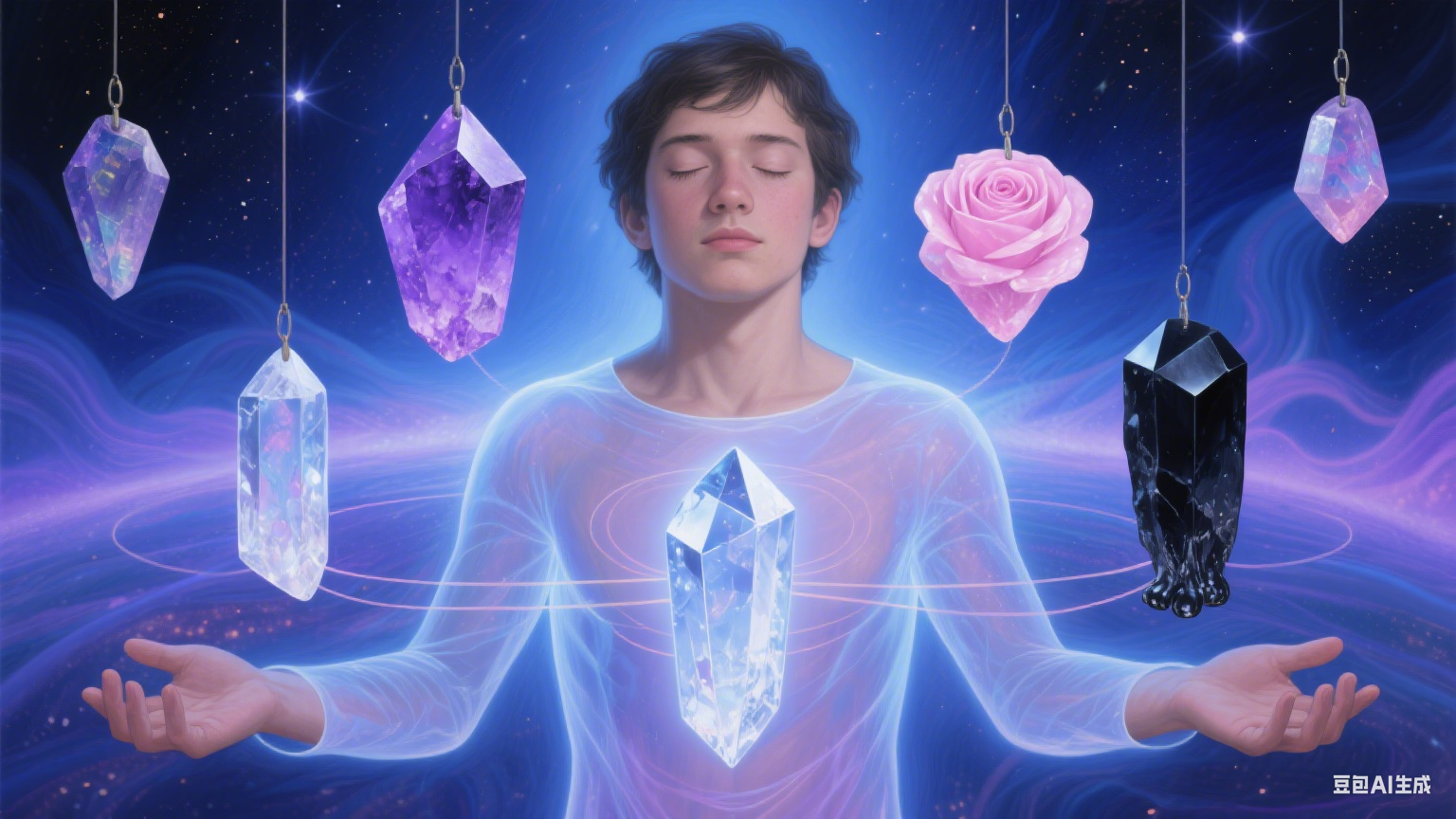您的购物车目前是空的!
Crystal and Human Health 水晶与人体健康

Understanding the interplay of the Five Elements is crucial for the use of crystals. Crystals of different Five Elements attributes can specifically regulate the body’s internal organs. This helps us gain a deeper understanding of the commonalities and characteristics of various crystals. In common, all crystals replenish the body’s “true yin” and “true yang,” thereby bolstering the yin and yang of the five internal organs. For example, metal-attributed crystals primarily benefit the lungs and large intestine; wood-attributed crystals strengthen the liver and gallbladder; water-attributed crystals promote kidney and bladder health; fire-attributed crystals nourish the heart and small intestine; and earth-attributed crystals benefit the spleen and stomach.

There are also four types of crystals—white crystal, gold titanium crystal, golden hair crystal, and silver hair crystal—that are considered unique and outside the Five Elements. These crystals are beloved for their universal applicability and powerful energy.
First, let’s discuss white crystal. Many people mistakenly believe it belongs to the Five Elements of gold because of its white color. However, white crystal is not simply white; it is transparent and colorless. Within the Five Elements, transparency and colorlessness do not fall under any particular category. In reality, white crystal is formed from the condensation of true yin. Its essence is yin, but its uses are yang. Therefore, it belongs to the realm of yin and yang, not limited to the Five Elements. Similarly, the silvery, hair-like minerals within silver hair quartz, while silvery in color, are a symbol of true yin and not encompassed by the Five Elements’ gold.
Let’s look at gold titanium crystal and golden hair quartz. The plate-like or hair-like rutile they contain is primarily composed of titanium dioxide. Gold is often considered the color of gold, but it actually symbolizes true yang and does not fall within the Five Elements. For example, the golden body of a Buddhist Buddha statue represents true yang. Since the Buddha’s body is a pure yang, it clearly transcends the Five Elements. Taoists also believe in “the sun and moon above, and gold and jade below.” The sun and moon symbolize true yang and true yin, respectively. Therefore, the golden minerals within gold titanium crystal and golden hair quartz represent true yang, while the white crystal on the outside symbolizes true yin. Together, they form a symbol of the dual illumination of the sun and moon, and the harmony of yin and yang.
In summary, white crystal, gold titanium crystal, golden hair crystal, and silver hair crystal do not possess clear Five Elements attributes. White crystal and silver hair crystal are considered True Yin crystals, while gold titanium crystal and golden hair crystal embody the essence of True Yin and True Yang. It is particularly noteworthy that white crystal and gold titanium crystal are highly regarded for their remarkable effectiveness in replenishing the body’s True Yin and True Yang. Westerners also cherish these two crystals, calling white crystal the “King of Crystals” and gold titanium crystal the “King of Hair Crystals.”
理解五行互藏对水晶的使用具有重要意义。不同的五行属性的水晶能针对性调理人体的五脏六腑。 它帮助我们深刻把握各种水晶的共性与特性。共性上,所有水晶都能补充人体的“真阴”和“真阳”,从而兴旺五脏六腑的阴阳。例如,金性水晶主要对肺和大肠有益;木性水晶则能强健肝和胆;水性水晶有助于肾和膀胱的健康;火性水晶则对心和小肠有滋养作用;而土性水晶则利于脾和胃的调养。
还有四种水晶——白水晶、金钛晶、金发晶和银发晶,它们被视为不在五行之中的特殊存在。这些水晶具有普遍适用性和强大的能量,因此深受人们的喜爱。
首先,我们来探讨白水晶。许多人误以为它属于五行中的金,因为它的颜色是白色。然而,事实上,白水晶并非简单的白色,而是透明无色的。在五行中,透明无色并不属于任何一个五行范畴。实际上,白水晶是由真阴所凝聚而成,体阴而用阳,因此它属于阴阳层次上的物质,并不局限于五行之内。同样地,银发晶内含的银色发丝状矿物质,尽管带有银色,但银色本身是真阴的象征,并非五行之金所能涵盖。
再来看金钛晶和金发晶,它们内含的板状或发丝状的金红石成分以二氧化钛为主。金色常被视为五行之金的颜色,但金色实际上是真阳的象征,并不属于五行范畴。例如,佛教中佛像的金身代表的就是真阳。既然佛身为纯阳之体,那么它显然超出了五行的范畴。道家也认为,“上之日月,下之金玉”。太阳和月亮分别象征着真阳和真阴。因此,金钛晶和金发晶中的金色矿物质代表着真阳,而外面的白水晶则象征着真阴,它们共同构成了日月双照、阴阳交泰的象征。
综上所述,白水晶、金钛晶、金发晶以及银发晶都不具备明确的五行属性。白水晶和银发晶属于真阴水晶,而金钛晶和金发晶则蕴含了真阴与真阳的精髓。特别值得一提的是,白水晶和金钛晶在补充人体真阴和真阳方面效果显著,因此备受推崇。西方人也同样珍视这两种水晶,将白水晶誉为“水晶之王”,而金钛晶则被誉为“发晶之王”。